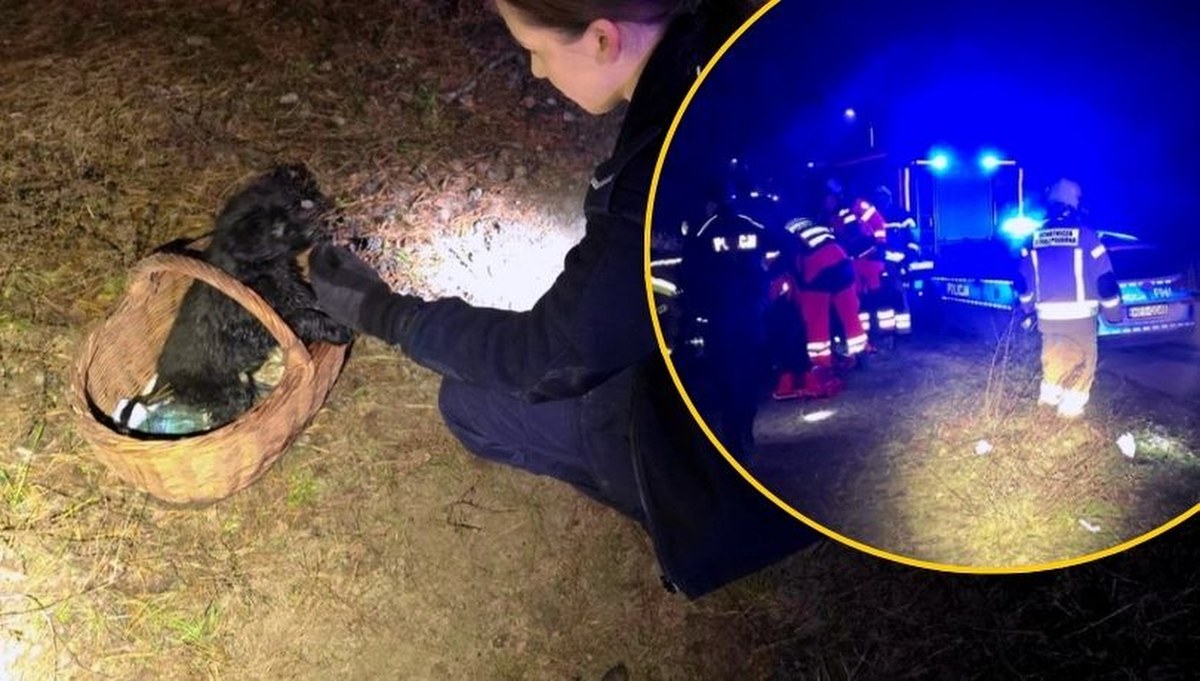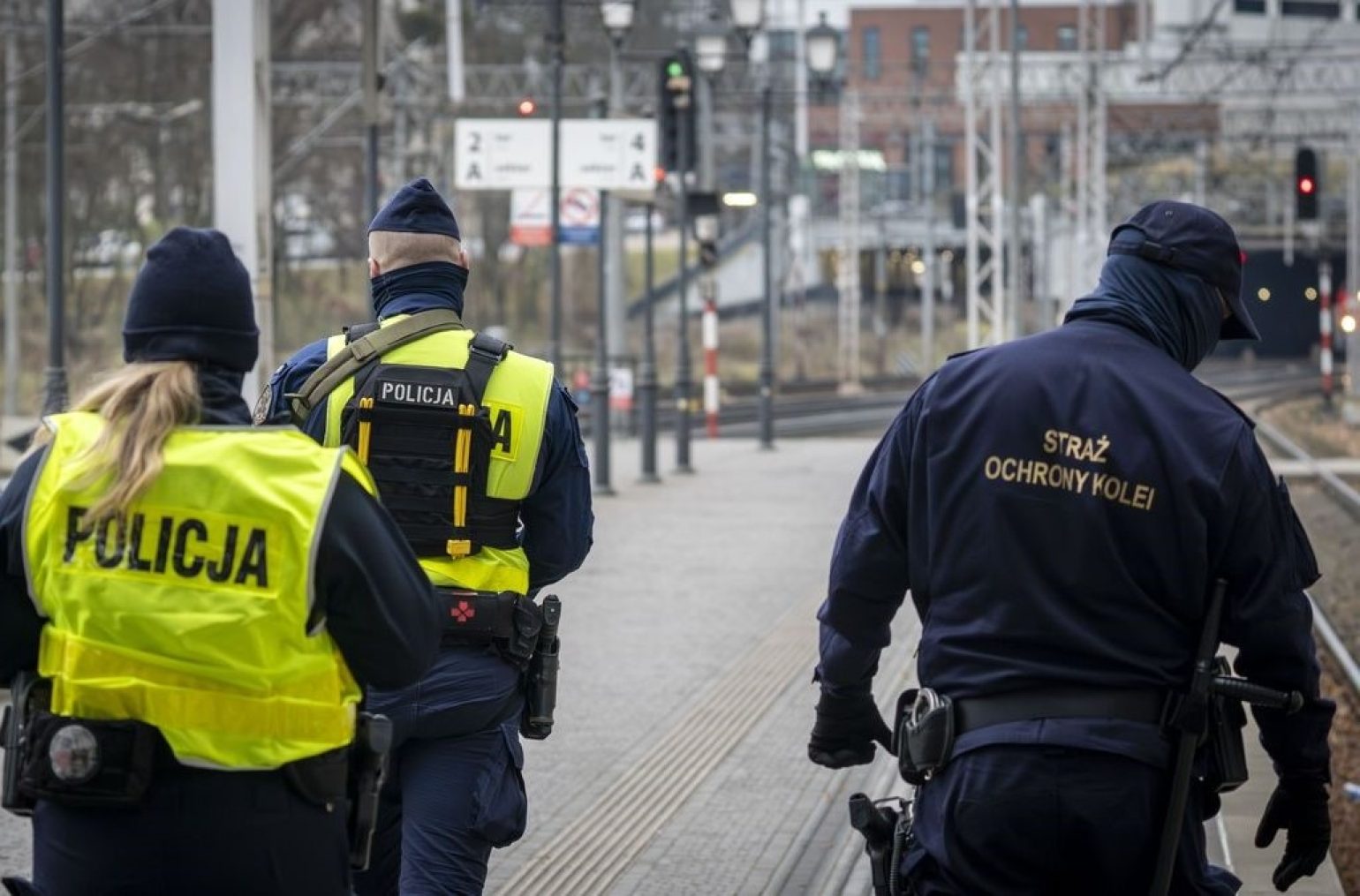
Unplanned Flaring Event Reported At Chevron’s El Segundo Refinery Following Explosion
Chevron’s 285,000 b/d El Segundo refinery in Los Angeles County suffered a major fire late Thursday, the cause of which remains unclear amid mounting speculation on X. Although the blaze was extinguished by Friday afternoon, multiple unplanned flare events have been reported since then, indicating potential issues with refining production or equipment failures in critical units. The longer the disruption at one of the most critical refineries on the West Coast continues, the greater the potential impact on Southern California fuel prices – a region home to major military installations and key port infrastructure, which only raises the question about energy security and whether this incident was an industrial accident or something more deliberate.
In recent days, the Segundo refinery has experienced multiple unplanned flare events, which typically indicate a process upset or equipment malfunction that requires operators to burn off excess hydrocarbons for safety reasons.
Chevron’s refinery — the company’s 2nd biggest site in the US — in El Segundo, outside los Angeles went bang last night at around 9pm local, people were saying they thot they got nuked, feeling the blast!
* Someone got a drone up an gave us 5mins ov footage ov this shitstorm… pic.twitter.com/l8Pp37alAP
— Raggy… (@raggymerchant) October 3, 2025
Flarings occur when refinery systems (like compressors, distillation units, or heat exchangers) suddenly fail or pressure builds up unexpectedly. To prevent explosions or toxic gas releases, the flare system activates and burns the gases instead of a vented release.
Some of the typical causes of flare events:
-
Compressor or pump failure
-
Power outage or voltage drop
-
Sudden feedstock quality change
-
Overpressure event in distillation or cracking units
-
Instrumentation/control system malfunction
There’s been no word from El Segundo refinery officials about the cause of the two unplanned flare events, and no official statement has yet been released on what triggered Thursday night’s explosion at the facility.
On Friday, Bloomberg cited Wood Mackenzie, which said shutdowns include a 60,000 b/d catalytic reformer, a 45,000 b/d hydrocracker, a 73,000 b/d fluid catalytic cracker (FCC), and two hydrogen plants. The fire began in the convection section of a furnace tied to the Hydrocracker/ISOMAX complex. This area of the refinery produces diesel and jet fuel.
Goldman analyst Adam Wijaya warned clients on Friday that „$8 gasoline concerns are very real for CA” following the fire at the refinery (read report).
In a separate note, Goldman analyst James McGeoch noted: What looks like a large fire at CVX’s el Segundo refinery in California. 280kbpd nameplate, around 100kbpd of gasoline and the same jet/diesel. Cali is quite a contained mkt but if it’s offline for a while it’ll have some spillover to broader mid-west US (+BP) and global jet (+ve REP).
The refinery is situated in the heart of Southern California’s military-industrial complex, located down the street from major military bases, and fuels the Port of Los Angeles and the Port of Long Beach, two ports that handle 40% of all U.S. containerized imports.
We asked a very simple question: „Is someone sabotaging it?”
Tyler Durden
Sun, 10/05/2025 – 20:25

 2 miesięcy temu
2 miesięcy temu


![Kolejny pokaz siły Giorgii Meloni? Włochy mogą zatopić umowę Mercosur [KORESPONDENCJA ZE STRASBURGA]](https://cdn.oko.press/cdn-cgi/image/trim=503;0;537;0,width=1200,quality=75/https://cdn.oko.press/2025/12/19e435be-9a4e-4ddc-ba44-9dfefba10afb.jpg)












